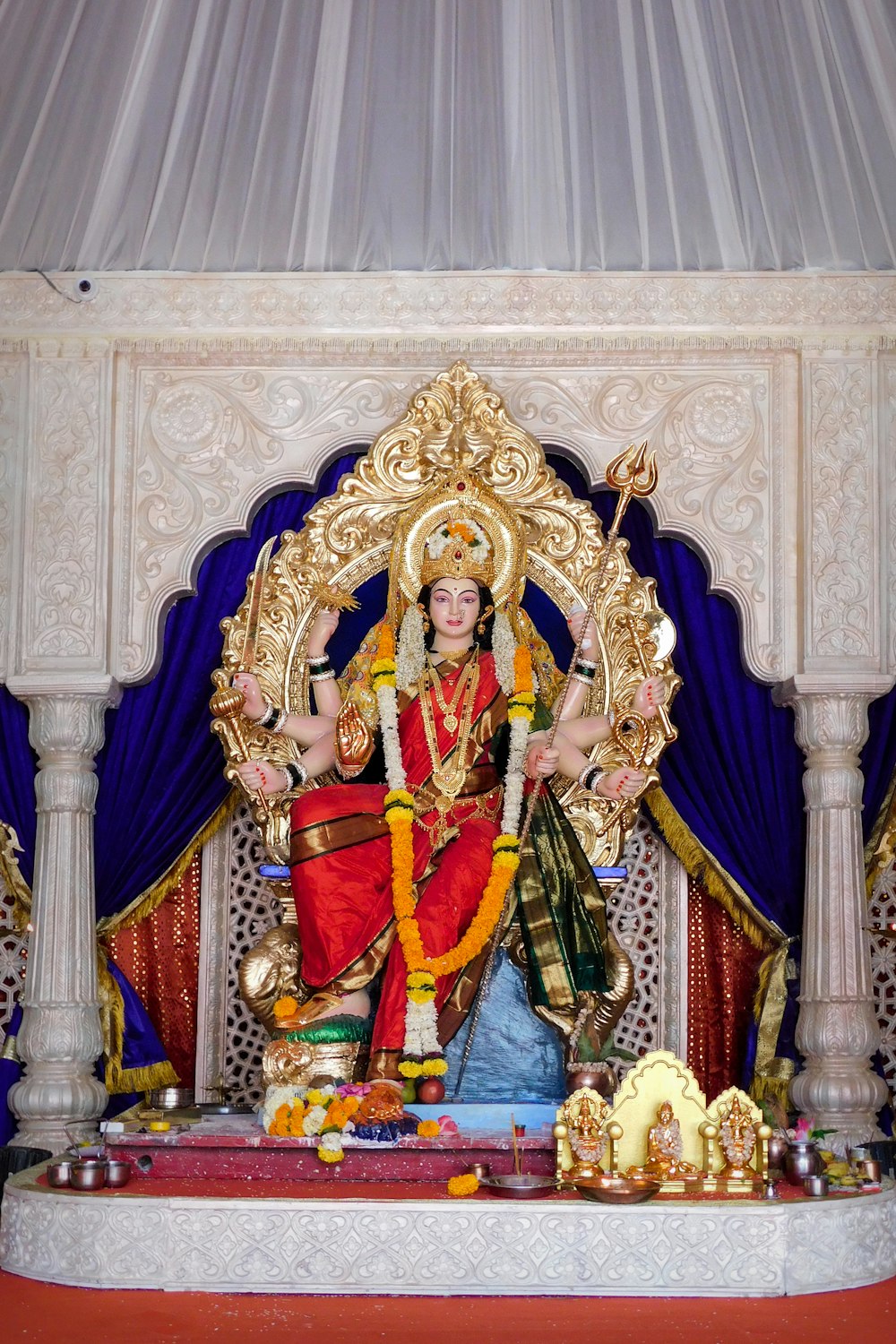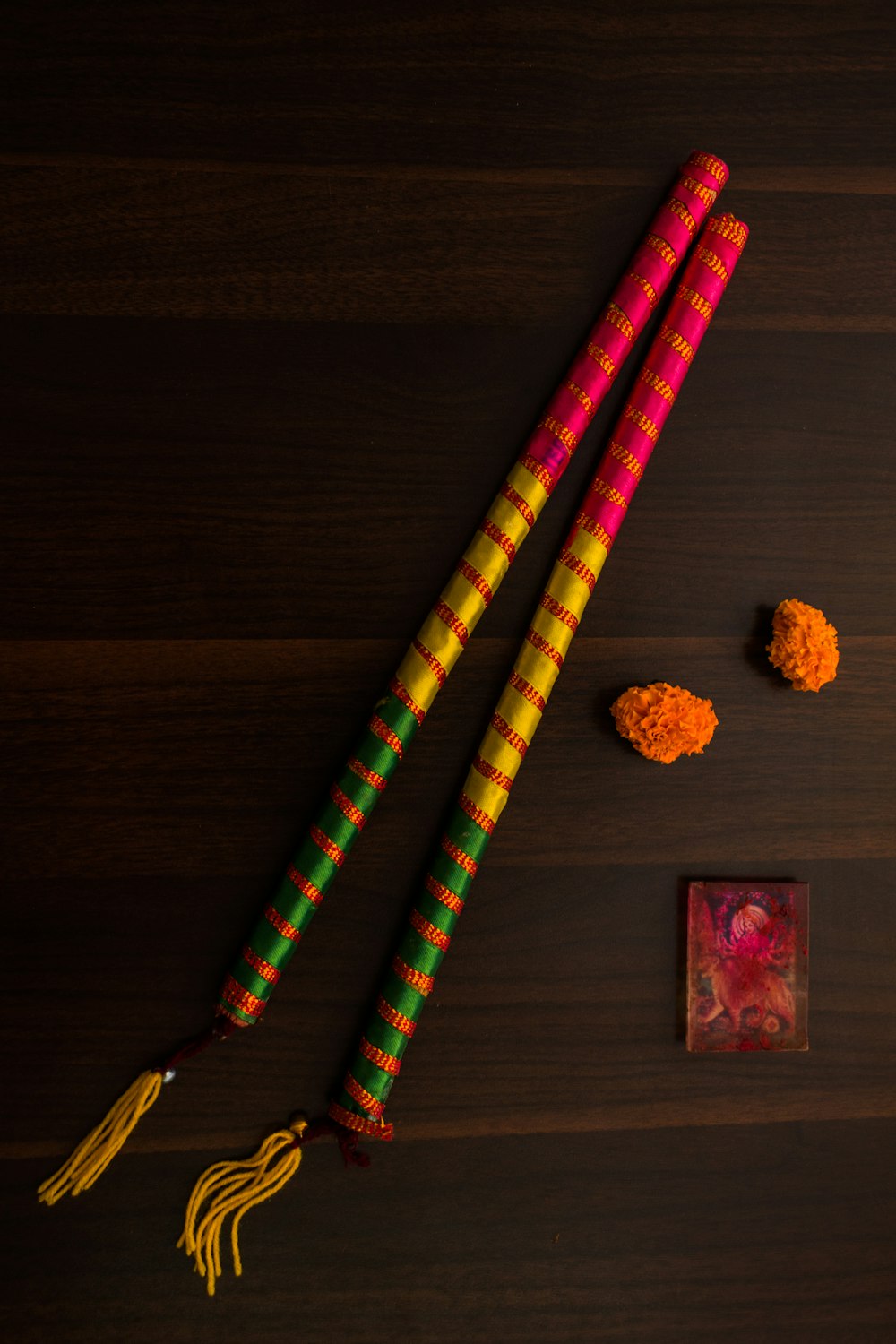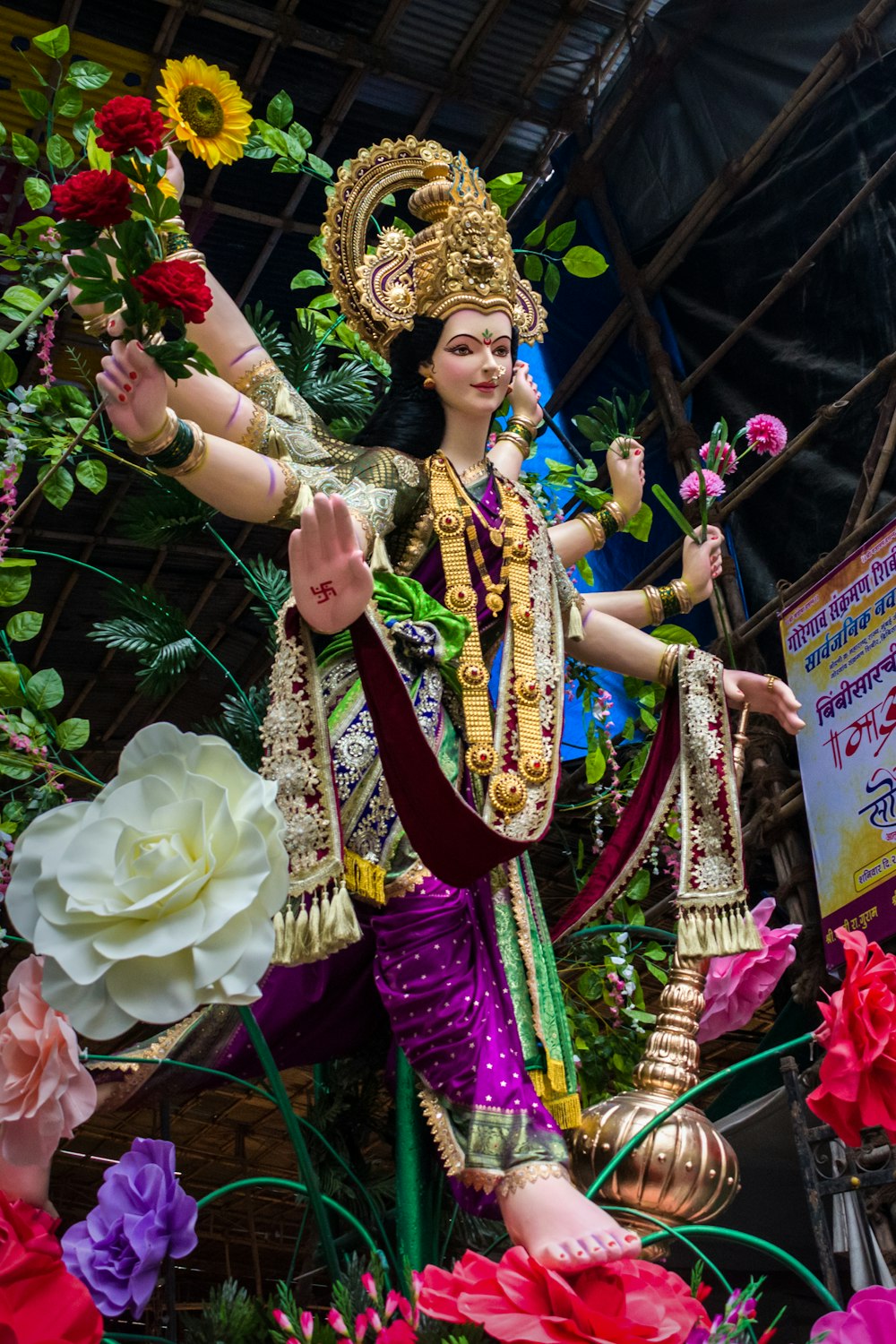
The Divine Feminine is the energy that can’t be seen or heard, but she can be felt.
This feminine energy is nature – in all living beings on earth, including the ocean, moon, and trees.
In Hindi, we call this energy – Shakti.

Navratri : Introduction
Feminine energy is motherly energy that is nurturing and affectionate. She also exhibits qualities like beauty, sensuality and attraction.
Feminine energy is the combination of – Creativity, Inspiration, Peace and Harmony, in their purest forms.
Feminine energy is power, which is your true nature as a woman. And even if somedays you don’t feel powerful enough, this Divine Feminine energy is still there within you, waiting patiently to be embraced.
To embrace and celebrate this Divine Feminine Energy within us, we have a festival called NAVRATRI.
Navaratri is a Hindu festival that means 9 nights. “Nav” meaning “nine”, “Ratri” meaning “nights”.

“Sharada Navaratri” is the most observed and celebrated in the honour of the divine feminine energy – Devi – Mother Goddess Durga.
Navratri festival is the celebration and worshipping of nine forms of feminine energies in the nine days.
Stage decorations, enacting of the mythological stories and chanting of the scriptures of Hinduism is part of this grand festival.

In these nine days, families visit these decorated pandals. The public celebration of classical and folk dances of Hindu culture is enacted on these pandals.
In Gujarat, the famous ” Garba ” and ” Dandiya”, which is the traditional and cultural dance form of Gujarat, is performed around the Devi’s/ Goddess idol.

Hindu devotees often celebrate Navaratri by fasting for all nine days.
The tenth day, called the Vijayadashami, symbolizes the victory of good over evil.
Navratri festival also indicates that the Diwali festival is coming closer. Diwali festival is celebrated twenty days after Vijayadashami.
Significance of the Nine days of Navratri.

There was a prominent battle that took place between goddess Durga and the demon, Mahishasura.
When the goddess killed the demon, it signifies the victory of good over evil.
To celebrate the victory over evil, these nine days are mainly dedicated to goddess Durga and her eight avatars or incarnations called the “Navadurgas”.
Each day is dedicated to each form of the goddess.

The nine-day festival of Navratri , signifies the arrival of the Goddess Durga, the auspicious Devi Paksha begins.
The devotees usually observe fast, perform puja and celebrate the nine manifestations of feminine power with lots of enthusiasm.
One of the aspects of the Navratri festival is that different colours are associated with each day.
Day 1 – Shailaputri

/2022/09/26/navratri-day-1-goddess-shailaputri/
Day 2 – Brahmacharini

Day 3 – Chandraghanta

Day 4 – Kushmanda

Day 5 – Goddess Skandamata


Day 6 – Goddess Katyayani

Day 7 – Goddess Kaalratri

Day 8 – Goddess Mahagauri

Day 9 – Goddess Siddhidatri


10th Day – Vijayadashami
Vijayadashami is also known as Dussehra.
It is the tenth day of Navratri, which marks or signifies the end of Navratri.
Dussehra is celebrated to honour the victory of Lord Rama over Ravan, the same as the triumph of Goddess Durga over the demon Mahishadura.

In Conclusion
This festival is a vibrant Hindu festival celebrated over nine nights to honour the goddess Durga.
It typically falls in autumn and symbolizes the triumph of good over evil. Devotees observe fasts and engage in prayer, dance, and music during this period.
Each day of this festival is dedicated to a different form of Durga, representing her divine attributes.
The festival culminates with Dussehra, marking the victory of Lord Rama over the demon king Ravana.
Traditional dances like Garba and Dandiya are performed in colourful attire, promoting unity and cultural richness.
This festival fosters spiritual reflection, community bonding, and cultural preservation, making it a significant cultural and religious event.

May this Navratri add colours
of happiness, prosperity and spirituality into your lives.
Happy Navratri.
Like, Share and Subscribe @dreamzandexperiences
Instagram :
https://instagram.com/dreamzandexperiences?igshid=MzNlNGNkZWQ4Mg==
Facebook :
https://www.facebook.com/dreamzandexperiences/
Youtube :
https://youtube.com/@dream_with_tarot
Discover more from Dreamz&Experiences
Subscribe to get the latest posts to your email.


[…] 9 Colours for 9 Days of Navratri […]
[…] 9 Colours for 9 Days of Navratri […]
[…] 9 Days of Navratri […]
[…] 9 Days of Navratri […]
[…] 9 Days of Navratri […]
[…] 9 Days of Navratri […]
[…] 9 Days of Navratri […]
[…] 9 Days of Navratri […]
[…] 9 Days of Navratri […]
[…] 9 Days of Navratri […]
[…] 9 Days of Navratri […]